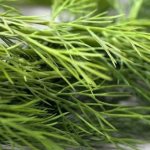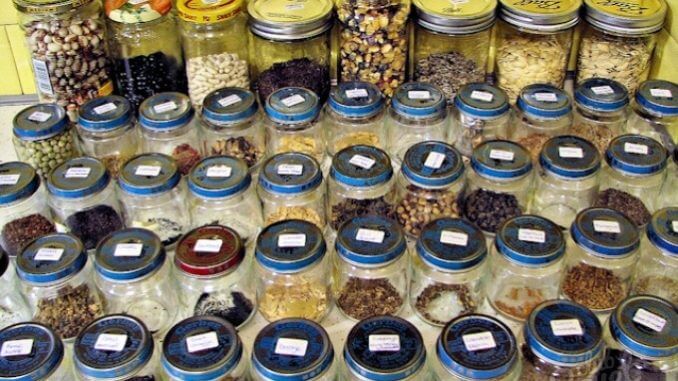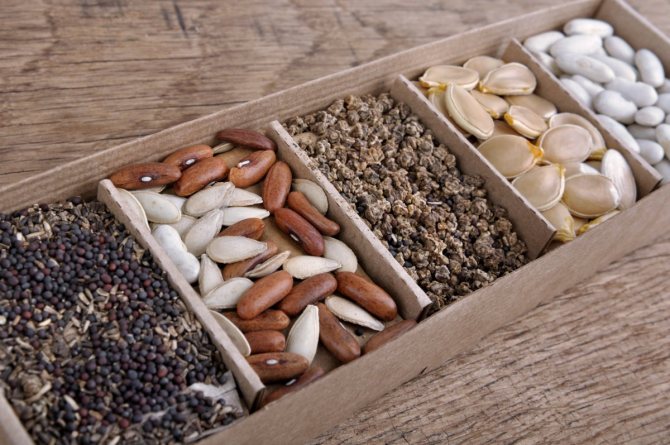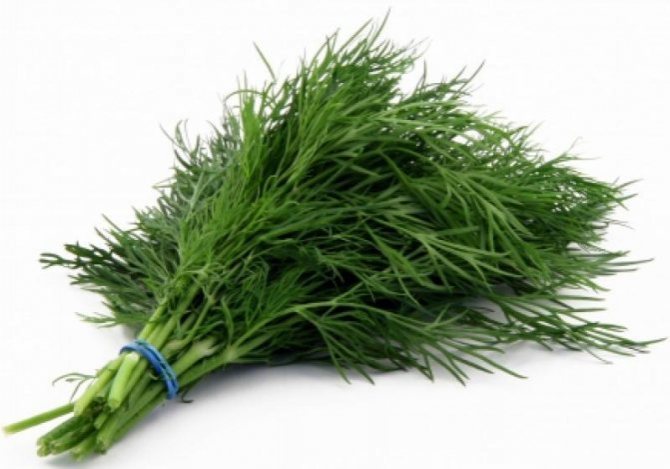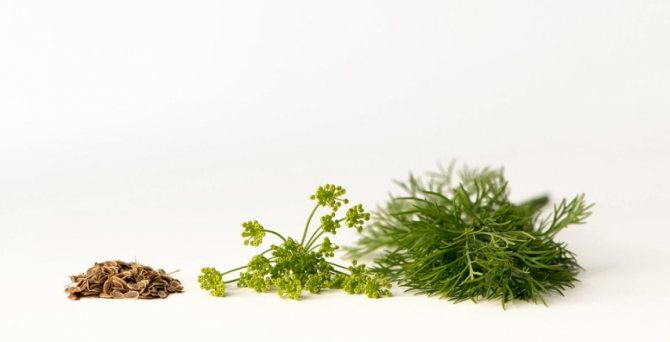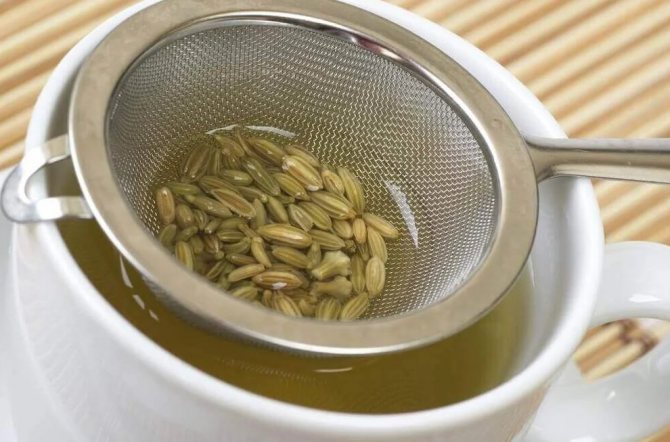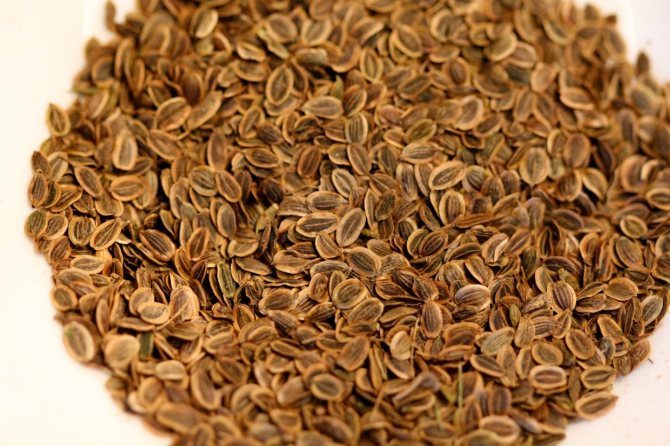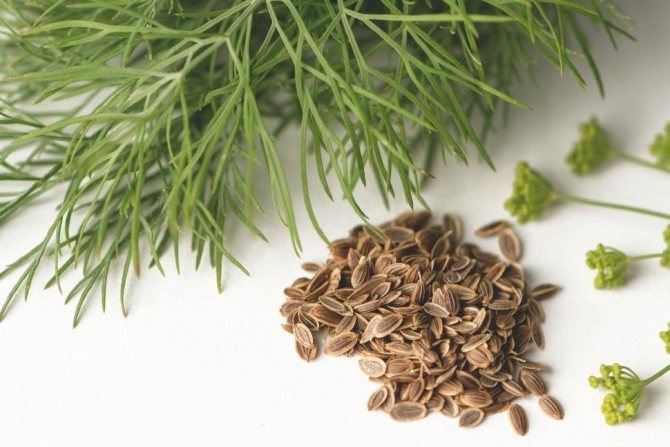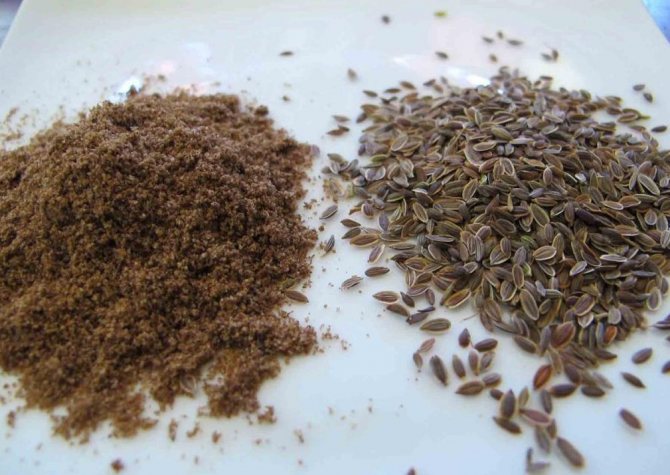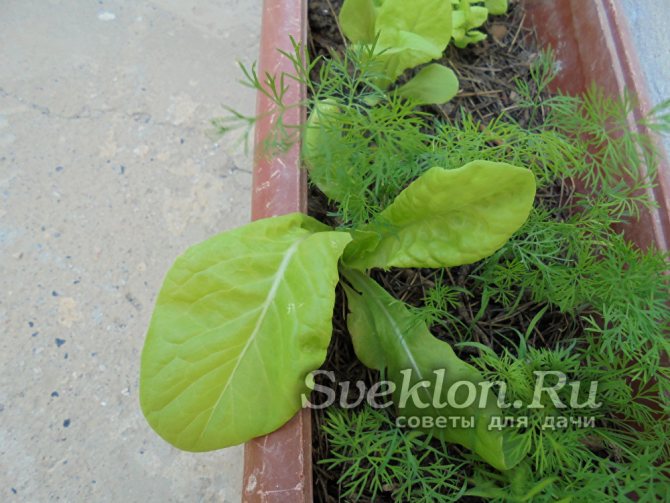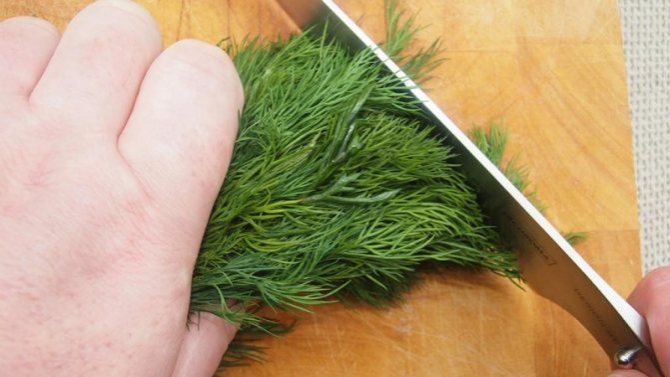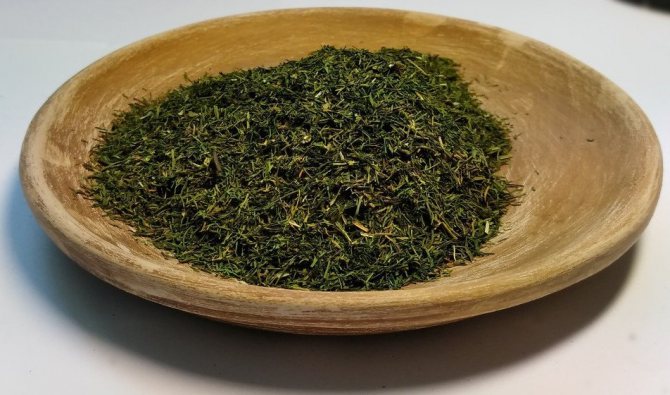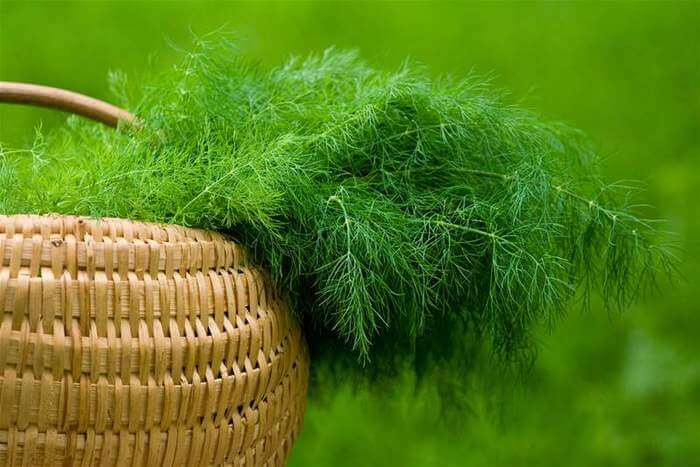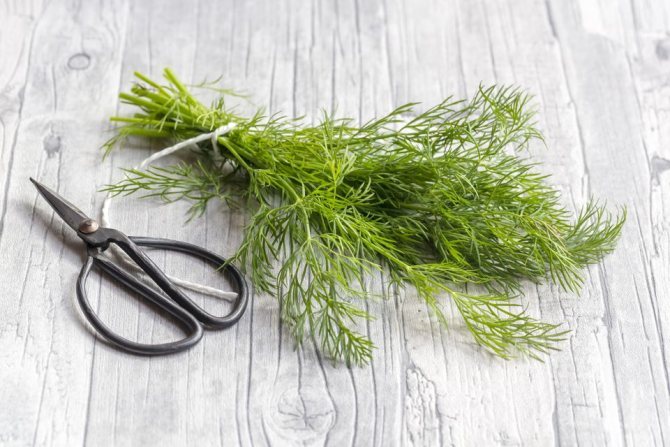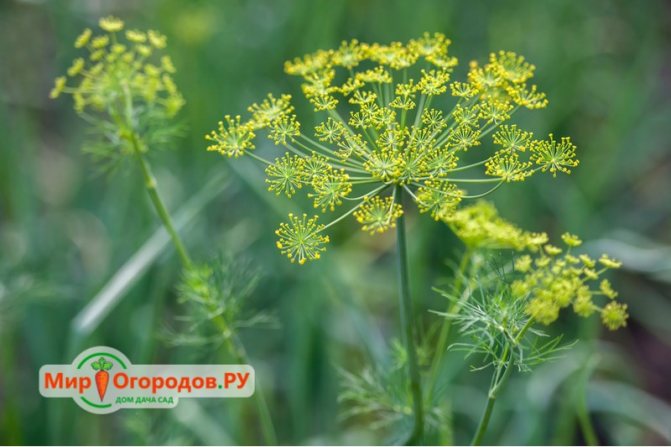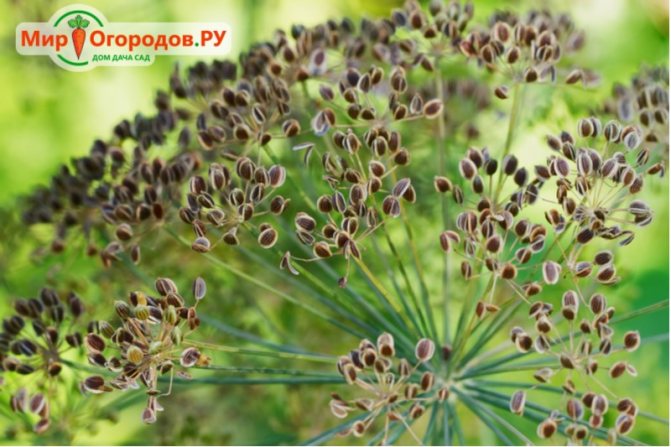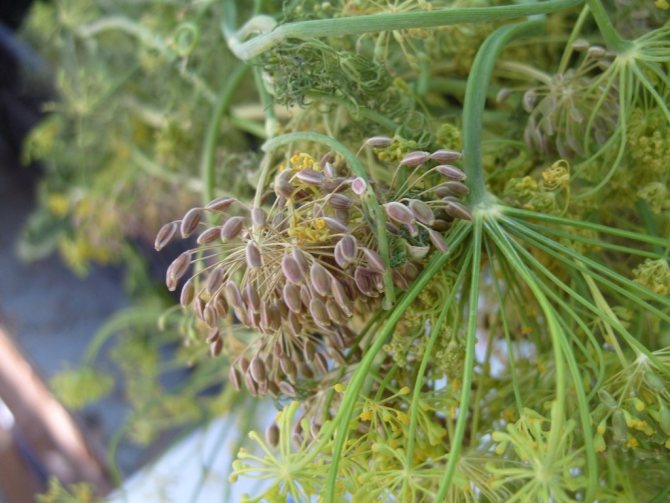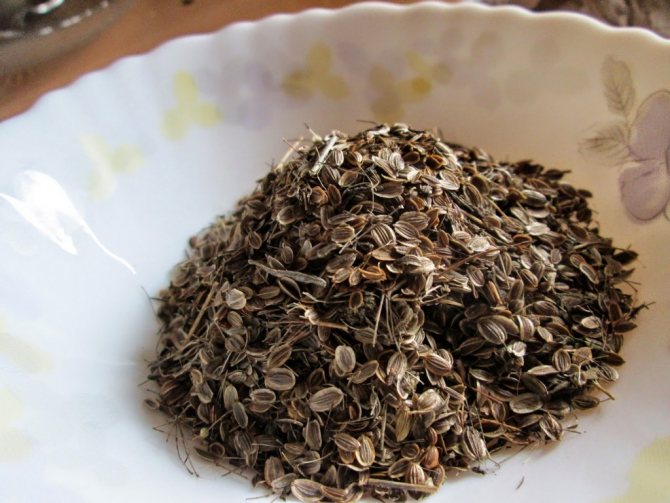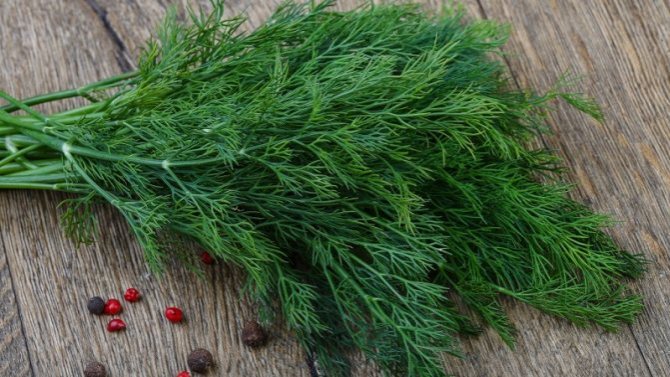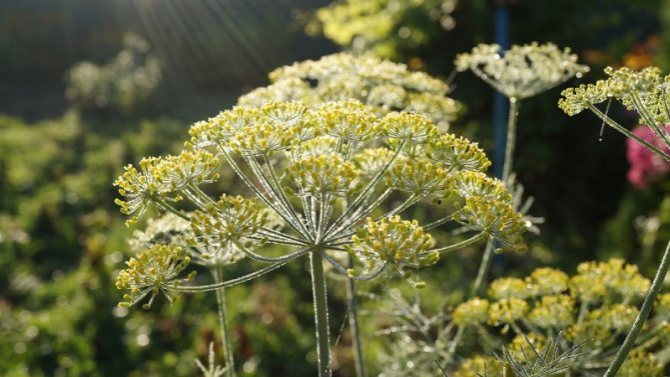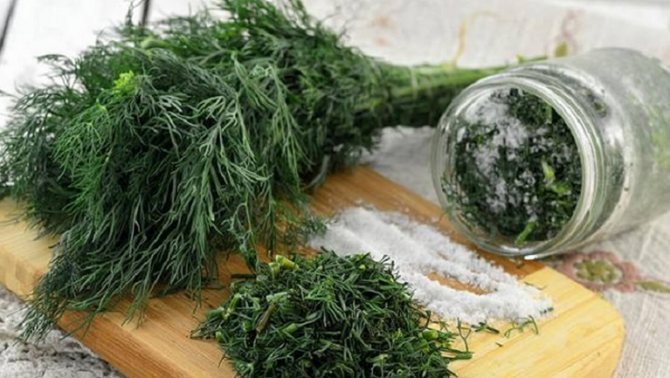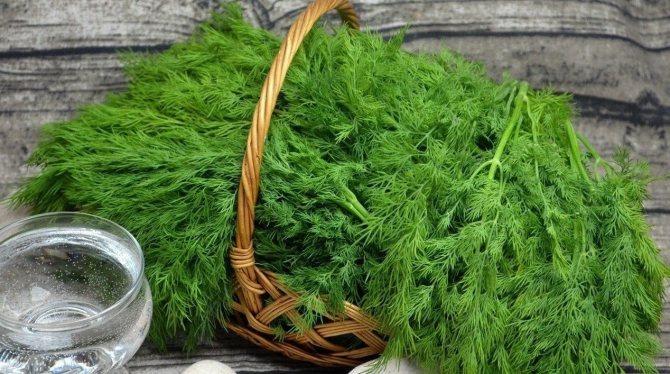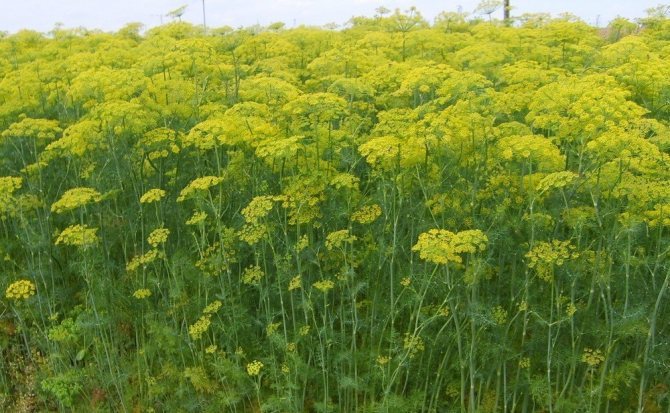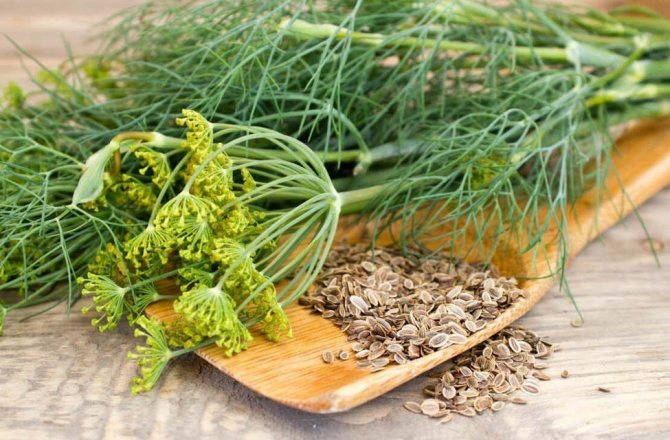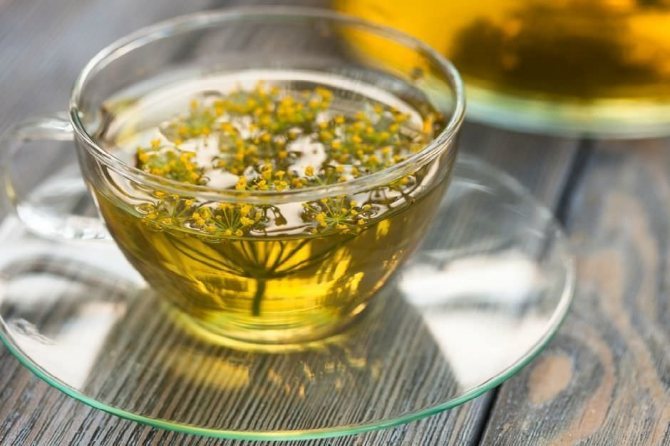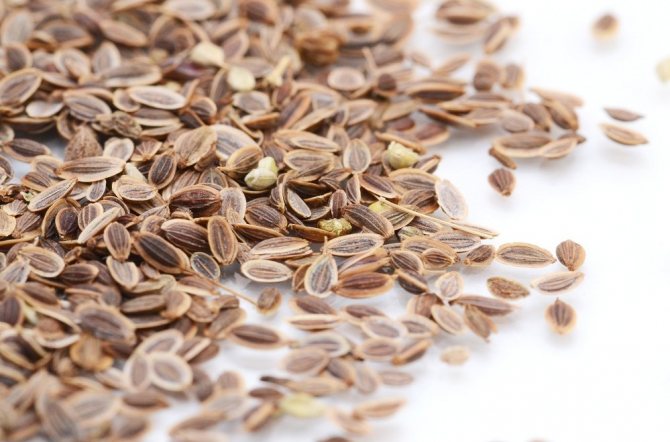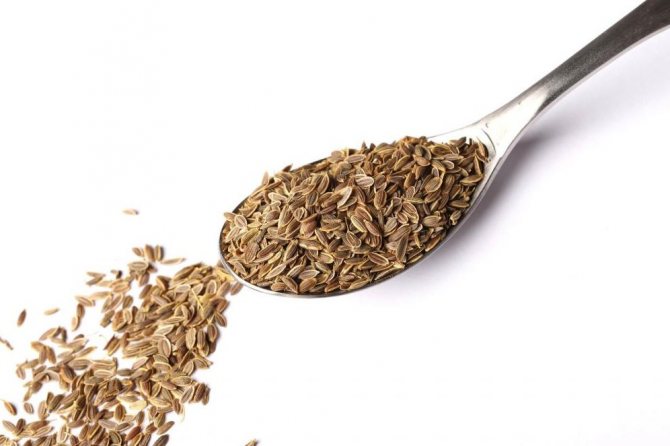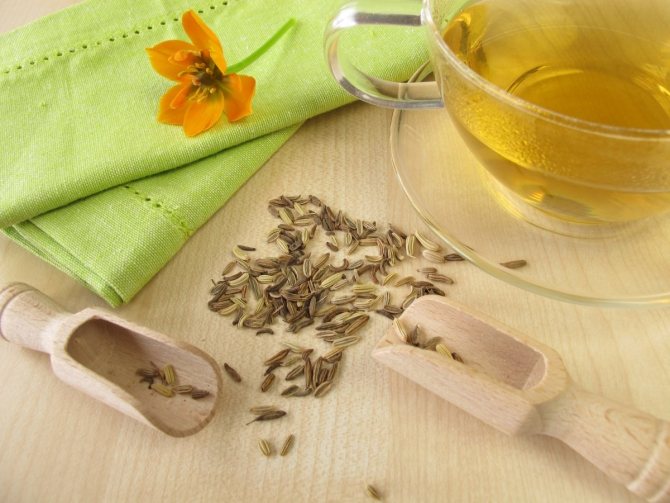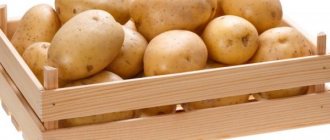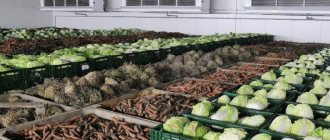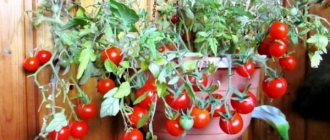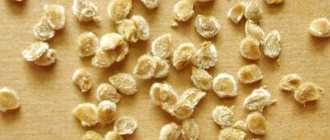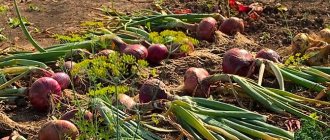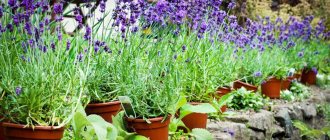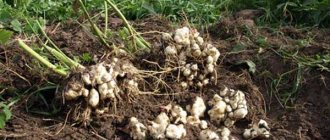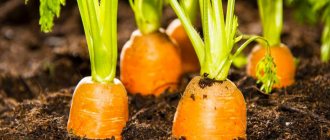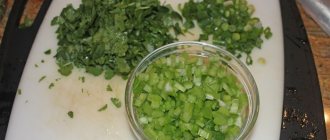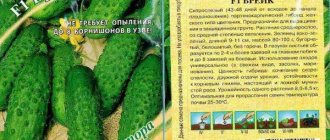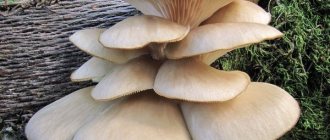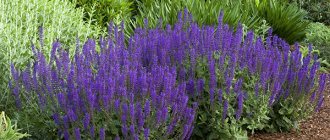The summer cottage season has come to an end, but the gardeners probably still have seeds - purchased with a long shelf life and grown on their site - that are to be sown in the spring. Is it possible to leave the seeds for the winter in an unheated dacha, will the frost damage the seeds? Can seeds be stored in a city apartment? We figure out how to properly store seeds in winter.
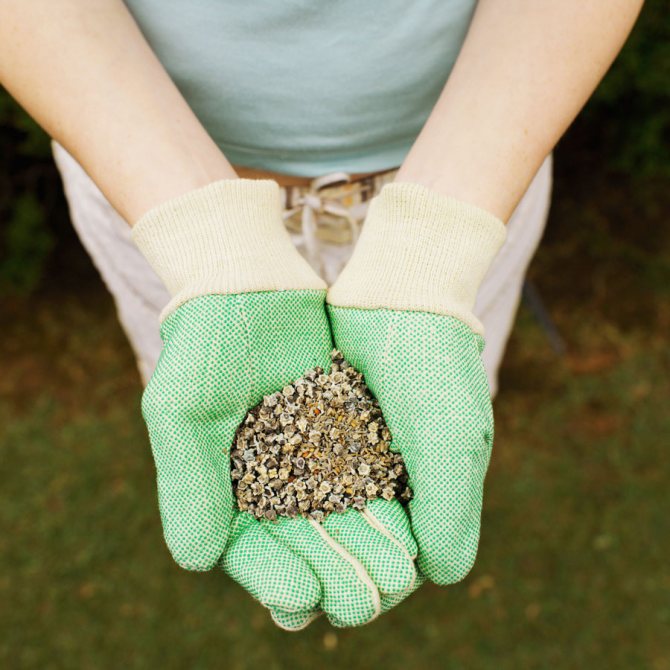
It is important to keep the seed in an environment that ensures the high sowing quality is maintained.
When ripe, the seed gives off water and dries up. Since life processes can only take place in an aquatic environment, then as the seed ripens and dries up, they fade out. Mature seeds contain the embryo in a dormant state and reserve nutrients in solid form. They are very dry (moisture content 12–20%). A hardened seed coat surrounds them like a protective shell.
Keeping seeds dry during storage is the main condition for maintaining their viability.
Array
Terms of preserving seed germination
The timing of the preservation of seed germination is indicated on the label along with the name, year of collection, class. These data are necessary to obtain full-fledged seedlings, since when stored for more than the prescribed period, germination decreases sharply, and seedlings have a very low immunity to diseases and pests.
The class indicated on the label characterizes the percentage of seed germination. Seeds of the first class have the highest germination rate, which is 60-95% for different crops. Seeds of the second class - 40-85%. The germination percentage will help the gardener more accurately determine the planting density of the crop.
With proper storage, vegetable seeds retain high germination in the following periods:
- 1-2 years: celery, chives, parsnips, corn, onions, leeks
- 2-3 years: lovage, parsley, dill, spinach, sorrel, leeks, coriander,
- 3-4 years: lettuce, carrots, sweet peppers, black onions, fennel, peas,
- 3-5 years: kohlrabi, turnips, beets, cauliflower, eggplant,
- 4-5 years: tomatoes, radishes, radishes, rutabagas, white cabbage, broccoli,
- 4-6 years old: beans, beans,
- 6-8 years: cucumbers, squash, squash, melons, watermelons.
The indicated periods of preservation of germination of spicy-flavor (green) and vegetable crops are not limiting. For well-dried seeds, temperature changes are not terrible, but if the moisture content of the seeds is higher than the critical one, then at low temperatures the seeds will become moldy due to a violation of the respiration rhythm (they get more than they can give) and then the duration of germination will decrease sharply. Under optimal conditions, seeds over the indicated periods can maintain germination for another 3-5, and some (tomatoes) for 10 years.
Preparation
The success of the drying process depends entirely on the correct preparation of the raw material. If you are cutting greens in your garden, water them 24 hours before harvesting. The next day, pull out the required amount of grass by the root and sort it out. Remove any yellowed, withered and spoiled twigs, excess debris and foreign plants. Cut the roots off and discard. Rinse the remaining stems thoroughly in cold water. Shake off excess water, spread on paper towels and pat dry for 3-5 minutes.
Now you need to decide in what form you will dry the dill: in bunches or finely chopped.Based on this, prepare the greens and start drying.
Save valuable
The seeds of most vegetables can be significantly extended with the help of special techniques. If you are not going to stretch the stock for the next five years, you just need to keep them in a dry and cool place. You can take an example from specialists who store ordinary seeds for sowing in warehouses with a stable temperature of + 15-16 ° C and air humidity up to 50%.
But what if you don't have such a place or if you have a desire to make “long-living aksakals” out of seeds? There is a way out in such cases, but then they must be dried without heating, hermetically sealed and stored in a cool or cold place.
Drying
... We are used to drying herbs, mushrooms or berries by heating them up. But you can't do that with seeds! They need to be dried differently: hold in a cool dry room in the breeze in the presence of some kind of moisture absorber. For a small number of seeds, those small bags with the words “dessicant, silica gel”, which manufacturers often put in shoe boxes, inside leather bags or wallets, are suitable. They can be placed (without opening) between the ajar seed envelopes. If there is a lot of seed, it makes sense to use silica gel cat litter, which is sold among pet products in packages of 1.5-2 kg. It is better to arrange the granules in small cloth bags or newspaper bags and place them on a pallet, mixed with seeds in open bags. But in any case, the seed must be kept in close contact with the moisture absorber for several days, and then immediately sealed hermetically.
Packaging.
Neither ordinary bags, nor their fashionable closable modifications, nor modern plastic containers will help prolong the life of the seeds, since they allow air to pass through. Therefore, it is better to use glass hermetically sealed containers in the old fashioned way. It is desirable that there is less air in the container with the seeds. If you practice home canning, try filling a glass jar tightly under the neck with prepared bags and rolling it up with a tin lid without heating. It is not forbidden to use jars with screw caps or pharmacy glass bottles with rubber stoppers, but in this case, the neck will have to be additionally sealed with silicone sealant (or a thick layer of paraffin and film).
Storage.
If the seeds were of high quality, you carefully prepared them and sealed them hermetically, now their durability will depend only on the temperature. Therefore, you can put jars in an unheated house, shed, in a closet on the balcony. Better yet, put them in the refrigerator. It is worth taking seeds in the freezer only if you plan to save them for your grandchildren. The main thing is not to lose the catalog compiled during the audit (otherwise the packaging will have to be opened much earlier than the deadline), and then get your "bank deposit" not just before sowing, but in about a week. First, you just need to hold the container in the room for about a day, then open it and the bags and let the seeds breathe for a few more days.
When and how to collect greens?
It is better to dry the young plant before the umbrellas appear on it.... Such dill has not yet lost its juiciness. The best time to collect is early summer. When harvesting, preference is given to fresh and elastic branches of dill, uniformly green in color with a specific smell. After collecting the twigs, you need to carefully look for the presence of bugs and insects, remove the yellowed and dented twigs. For pickling, drying of umbrellas and dill seeds is also allowed (how to pickle dill in jars?).
If possible, it is recommended not to wash the greens before drying.If the greens are purchased, then you must carefully rinse with cool water, and then dry the dill dry with a waffle towel or paper napkin to prevent rotting.
Treatment of selected problems
Dill seeds from worms
This medicinal raw material is also useful for the treatment of helminthiasis and antiparasitic prophylaxis.
Mode of application:
- Grind 1 tablespoon of dry dill seeds in a blender, coffee grinder, or spice grinder.
- It is recommended to use crushed seeds directly in powder form, drink it with as much water as possible.
The duration of such treatment is at least a week.
Read about other folk recipes for worms in our article: What medicinal herbs will help with worms for an adult and a child?
Dill seeds for diabetes
Essential and fatty oils, which contain dill, are valuable for patients with diabetes mellitus. A decoction of dill seeds helps digestion, promotes the removal of harmful substances from the body, brings blood counts back to normal, reduces the load on the liver and protects it.
Preparing a dill drink for diabetics:
- Take 0.5 liters of boiling water, pour 1 tablespoon of seeds;
- Insist the solution in a thermos.
- Take a third of a glass of the resulting infusion on an empty stomach 3 times a day.
Dill seeds for the digestive system
It has been noticed that the use of dill seeds can cause an increase in appetite.
Preparing dill for drying
If you decide to prepare dill or parsley for the winter, it is better to collect them from your own garden. Then you will be sure that this is an environmentally friendly product that has been carefully looked after, not treated with chemicals.
TipGreens do not need to be washed before drying if it was raining or watering on the sheet the day before.
The ideal time for harvesting is in early to mid-June, when the dill is especially juicy, aromatic and large, but has not yet released thick tubes with seed umbrellas. So you will get the maximum benefit, besides, having collected the crop, you can immediately empty the garden bed and plant something early, saving usable area.
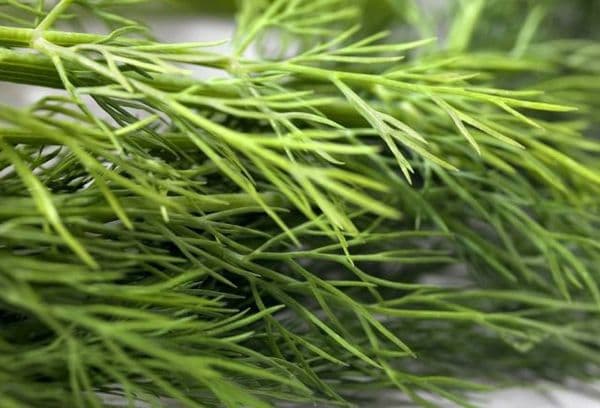

Experts recommend starting in the morning - as soon as the dew dries up. If it rains at night, then the raw materials will be excessively wet - drying will take longer, so it is better to postpone the process until the next morning.
Important After collecting the greens, carefully sort through them, removing small debris, grass, yellowed twigs, insects and any other foreign objects, separate the leaves from the stems. A good reception is to soak for 15-20 minutes in salted water.
After washing the dill, let it dry on a towel in the shade, then send it to final drying.
Dill seeds for a strong half
For men, this spice will become indispensable for relieving fatigue after excessive physical exertion. No less important for men is the prolongation of potency, the production of high-quality sperm.
During the Middle Ages, spicy herb was considered the strongest aphrodisiac, even calling it "lustful herb."
How to brew to increase potency: pour 1 tbsp into a small container. l. seeds, pour 200 ml of water, put on fire, bring to a boil. Remove from heat, let it brew for 20 minutes. Take half a glass before meals 3 times a day. You can add honey to taste.
The diuretic properties of seeds will help the male body cleanse itself of harmful toxins, prevent the development of cancer cells: pour a tablespoon of seeds with 1 cup of boiling water, wrap it for 2-3 hours. Take half a glass a quarter of an hour before meals.
But before taking a dill potion, you should study contraindications:
- low pressure;
- individual intolerance,
- gallstone disease (can set stones in motion, close ducts).
Important! Do not exceed the dosage so as not to cause nausea, dizziness or weakness, monitor your feelings.
Steps
- It is best to pick up dill branches for drying at the moment when their height reaches fifteen centimeters, because if you pick the greens, which will be higher, then most of its taste and aroma will slowly pass into the so-called "umbrellas". Smaller dill should not be taken either, since its taste and color are not yet saturated enough.
.
We do not need dill stalks during drying, since after drying they will become too hard and will only interfere with salads or main dishes. We will only dry dill leaves.
.
After cutting off the stems, the dill should be rinsed thoroughly.
It is better to do this under running water, but not in a bowl or ladle, since the greens should absorb as little moisture as possible.
After you rinse the dill, you need to shake it off of water droplets and wrap it with a paper or waffle towel to remove excess moisture.
After you get the dill wet, you should prepare special electric dryers, since it is with their help that you can preserve the rich color and aroma of dill. Arrange the greens in plastic containers, being careful not to add too much. The height of the dill layer should not exceed two centimeters, otherwise the greens will not dry out well
.
Seed storage methods
The seeds are stored in an open and closed way.
With the open method, the seeds are stored for the entire shelf life in a container that easily allows air and moisture to pass to the seeds. Such containers are containers made of natural fabrics - linen or jute, sewn in 1-2 layers (sacks, bags, sacks, etc.).
With a closed storage method (it is less common), the seeds are placed in a moisture-proof container. The soft container has 2 layers. The upper one is usually made of fabric and the inner liner is polyethylene. The moisture content of seeds in polyethylene liners does not exceed 6-9%. The polyethylene liner with seeds is tightly tied to protect against moisture penetration, and the upper fabric liner is simply tightened or tied with side ears.
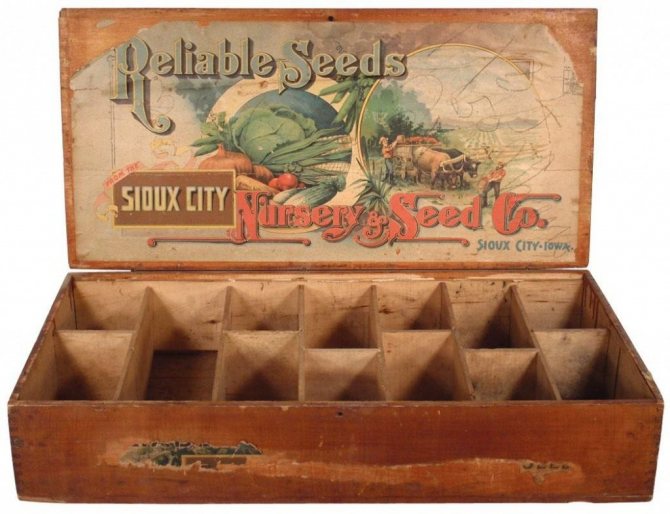

Antique Seed Storage Box
How to prepare it for the winter so that it stays green?
If not dried properly, greens can turn yellow. In this case, not only does the appearance of the greens deteriorate, but a large amount of vitamins, nutrients and essential oils is lost. The main reason for yellowing of dill is overdrying.
Highly it is important to carefully monitor all stages of drying, turn and mix greens in a timely manner, observe the correct temperature regime. For fridge and microwave drying, cover the dill throughout the entire process.
Hair restoration mask
Ingredients:
- a bunch of dill;
- honey - 2 tablespoons;
- olive oil - a tablespoon.
Cooking method:
- Mix all ingredients and heat in a water bath.
- Put the dill in its entirety so that it can be easily removed later.
- After 30 minutes, after the plant has given all its beneficial properties to honey and oil, it can be removed from the mass.
The remaining gruel must be rubbed into the hair roots and distributed over the entire length. Don't forget the tips. Cover your head with a cap and leave for 40 minutes. The mask is usually recommended after unsuccessful dyeing and in the autumn-winter periods, when the hair needs vitamins as much as possible.
Where to store it correctly?
It is very easy to check the readiness of dried herbs: properly dried dill will grind between your fingers without turning into dust. If the dill breaks, wrinkles, but does not rub, drying must be continued.
It is recommended to keep dried herbs in a shaded glass container with a tight-fitting lid in a cool, dark place.Coffee bags with zippers, paper bags, linen bags are also suitable. Avoid moisture and direct sunlight on dried herbs. This will preserve vitamins, micro- and macroelements, as well as the aroma of greens for a long time.
Obesity
In the recipe for losing weight, you must include such Components:
- seeds - 1 tbsp. the spoon;
- chopped licorice root - 4 tablespoons;
- boiling water - 1 glass.
Pour raw materials with water, put in a water bath, darken for 20 minutes.
How to use: drink three times a day, one third of a glass 25 minutes before meals. Weight loss occurs due to the diuretic effect of the drink, an increase in the outflow of bile. Weight loss will occur slowly, but surely, as evidenced by the reviews of the girls who have lost weight.
What dishes can you add?
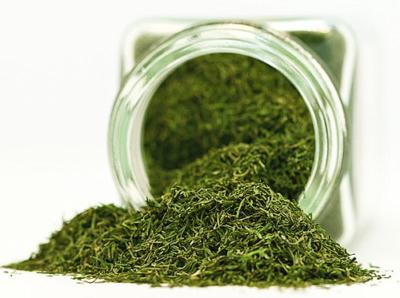

Dry dill is used not only in cooking, but also as an independent medicine., which can be used in almost unlimited quantities. Dill is an excellent antiseptic and anti-inflammatory agent. Decoctions are prepared from dried dill to help lower blood pressure, normalize heart rate, and cleanse blood vessels.
Dill also helps lower blood sugar and relieve diabetes. It is recommended to add greens to all dishes, including salads, it has a beneficial effect on the gastrointestinal tract and improves appetite. Also, greens have a calming effect, it is recommended to use it for sleep disorders and stressful situations.
Due to its aroma, dill cannot be compared with any other herbs: basil, parsley, cilantro. They are all good in their own way, but without dill, the taste of any dish becomes less bright and rich.
Choosing between greens purchased on the market and grown by yourself, it is better to give preference to the second option. Especially now dill can be grown even at home... In the apartment, special boxes with pallets and peat pots are used for this.
In specialized stores, you can find a lot of different additives, thanks to which it will be very easy to grow these greens. It also does not take up much space. You can even place it on a windowsill. This is a great alternative to buying greens from the market.
Dill umbrellas for pickling. Which dill seeds to choose with large caps for pickles?
Dill, as a seasoning, has been known to people since ancient times. Its history began in Asia, although it was grown throughout Europe and in northern Africa.
Dill contains many useful vitamins and protein; it is used as a seasoning, medicine and cosmetic additive. Fresh and dry dill is added to meat and other bitter dishes, appetizers and salads, and is also used for preserving vegetables. In the latter case, the so-called hats or "umbrellas" (also called rosettes) are used - these are inflorescences, on which seeds will appear afterwards. They contain phytoncides, which not only give the pickles a specific flavor, but also help keep them fresh and free of mold.
Features of varieties
All varieties differ in size, shape of leaves and rosettes, ripening and harvesting times. As a standard, all varieties are divided by the time of stem formation into early, middle and late ones. Any of the options brings the caps necessary for salting, the only difference is in their quantity.
Early ripe dill
Early varieties include species whose stems are formed on the 30-40th day from the date of planting. They quickly begin to ripen and bloom, but also fall off early. If you do not collect hats from them, then next spring they form the first greenery in the garden. And although they do not give very much greenery, you can always collect the required number of pickles outlets from them. - in fact, they are planted for them. The "fast" varieties include "Dalny", "Umbrella", "Gribovsky", "Grenadier", "Redut", "Esta".
Mid-season dill
Its growth and flowering time has been shifted by about 10 days relative to previous varieties. They boast more leaves and larger umbrellas, which are commonly used as a seasoning for pickles. They have a richer taste and aroma, which is appreciated by housewives. Medium varieties include Richelieu, Mischievous, Max, Hoarfrost, Kutuzovsky, Amazon, Umbrella, Kibray, Lesnogorodsky.
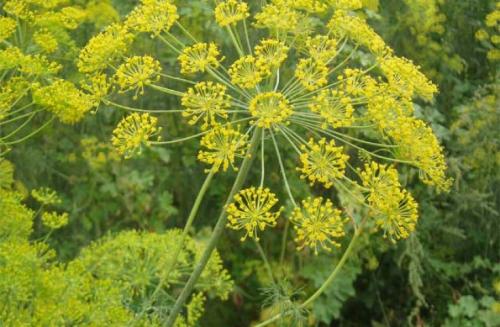

Which dill seeds to choose with large caps for pickles?
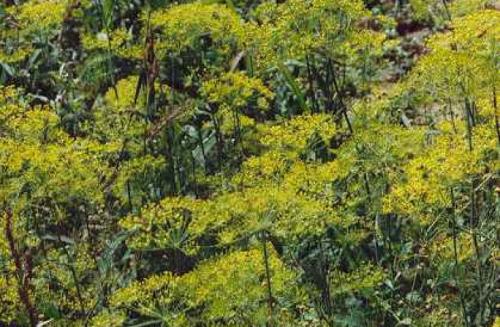

Which dill seeds to choose with large caps for pickles?
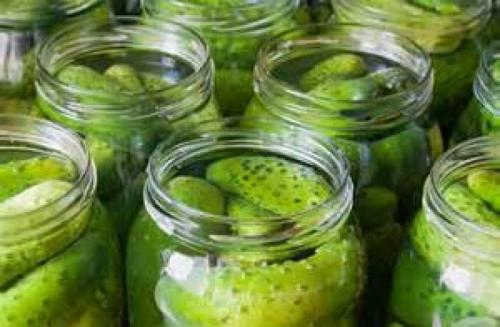

Which dill seeds to choose with large caps for pickles?
A few rules to note!
- Seeds purchased from the counter in winter must be immediately put in the refrigerator or left in a cold place. In a warm room, cold bags collect condensation, which can affect the moisture level of the seeds.
- In the northern regions, it is better to buy seeds from the previous year's harvest. This is due to the fact that due to the short summer, the seeds are harvested unripe and ripened indoors. Therefore, freshly harvested seeds have a lower germination and germination energy (germination).
- In the south, the difference in germination of 1-2 year old seeds is practically indistinguishable. But the purchased fresh seeds must be warmed up at home at a temperature not exceeding 30-35 ° C before storing them.
Most growers, summer residents, gardeners, both experienced hobbyists and beginners, often face serious problems and questions. These issues relate to the gardening activity itself, one of the most important issues is the storage of seeds. It may seem silly to store seeds of the same type or variety for a long time, but experienced growers will immediately say that purchasing before the season itself is not the best idea. It often happens that the grower prefers a certain variety, which has proven its advantage in practice, growing it from year to year.
However, the key role in such an important matter has always been played by storing seeds, observing many factors and subtleties. Here you will find out if it is possible to store seeds in the refrigerator. Before proceeding with the immediate implementation of the tasks set, it is necessary to accurately and clearly understand the nuances of storing and growing seeds. Consider exactly what conditions affect storage, and under what conditions, temperature, seeds can be stored.
The main factor to remember during storage is the moisture content of the seeds. Moisture is key to the future germination of your seeds, and during storage, wet seeds can germinate, acquire a number of negative effects, such as mold, or simply rot. Best of all, before sending for long-term storage, the seeds should be dried, using paper, in a warm, ventilated place. As for refrigerated storage, most seeds can be kept out of the cold. The main thing is to observe the absence of moisture. This can be facilitated in a number of ways. For example, when storing cannabis seeds, you can put them in a bag of white rice, which has amazing moisture-wicking properties.
Low temperature significantly contributes to long-term storage, since the temperature itself affects the processes inside the seeds. They breathe, faster oxidizing the nutrient stores within themselves. This process can be triggered by the presence of seeds at a high temperature. The cold temperature contributes to the long-term storage of seeds that were not planted this year, saving for the next summer season. Being in a dry, cold place, the seeds will not lose their own qualities, retaining their properties, being germinated next year. This practice is ideal for storing seeds in the winter. A variety of seeds are very picky, and therefore you need to know exactly in what conditions, you can store seeds at sub-zero temperatures.
The best option for long-term storage of seeds will be a slight coolness from 12 to 16 degrees Celsius. It is enough just to leave them in the country, having previously protected them from attacks by rodents and other pests. But is it possible to store all the seeds in the cold? Certainly not. Certain seeds such as hemp, cannabis, or asters, carrots and onions thrive in cold environments, but other seeds, such as salads, for example, can be damaged by the cold, to the detriment of future crops. Always check at what temperature you store your seeds so you don't harm them. Try to keep the seeds clean, avoiding the penetration of various debris and other impurities. This can lead to contamination, followed by rotting, which will lead you to a complete loss of harvested seeds. Carefully monitor the preservation of seeds, observing all conditions. The seeds also need air to breathe, but in extremely small doses.
When storing in bags, try to remove all air, unless you are dealing with large seeds such as legumes that live longer by circulating air. Such seeds are stored in open jars, in dry, warm places. It is important to store the seeds in complete darkness, since light allows the seeds to germinate, which is highly undesirable for long-term storage.
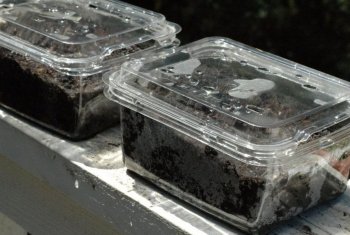

Having dealt with the question of whether it is possible to store seeds at subzero temperatures, you should pay attention to additional conditions for better storage of seeds. Metallized bags preserve seed germination ability well. The presence of such packaging can guarantee the preservation of the properties of the seeds, even if the shelf life has been completely exhausted. The main thing is the presence of complete tightness in the package. If air gets in, the seeds will begin to breathe, losing germination. Try to use them as soon as possible after opening the package. You should not expect similar quality of germination retention from ordinary paper bags.
Before the start of the season, usually in the spring, these seed bags can be purchased from any vendor. As a rule, they do not comply with the temperature conditions, which significantly affects the seeds themselves, and as a result, leads to the cultivation of a completely unusable crop. This is why the practice of storing seeds long before the new season is so common. Thanks to this, you are confident in your own, future harvest.
Can seeds be kept in the refrigerator? Certainly. However, it is never superfluous to know about alternative storage methods. It is possible to save seeds in any room, room, with the exception of the kitchen, since it is there that temperature drops most often occur. It is possible to store seeds in paper, plastic bags. You can use a film that does not allow moisture, but allows air to pass through. Try to use it in humid places. The most comfortable place for seeds is located close to the floor, because the temperature there is always lower, creating a favorable background for long-term storage.
It is very convenient to keep a large number of seeds in basements, cellars, since the temperature there is consistently low. To protect them from pests, dampness and other things, place them in jars, tightly closing the lid, creating tightness inside. You can use third-party security elements - silicone gel, or the aforementioned white rice. They have the properties of absorbing moisture in the air, which will ensure it is not present in storage jars.
Try to stay organized when storing seeds. You can sort by files, sort. It will be most convenient to sign packages, jars, with the specified type of culture, for which it will be used in the future gardening season. Like everything else in the world, seeds have an expiration date. Try to accurately record the year of purchase to avoid sowing expired seeds.The shelf life will vary depending on the culture. Some seeds have a minimum period of one or two years. Others can stretch all four. Some seeds give a rich harvest just after a long storage, while others need to be grown quickly before they lose their properties. Exactly study the purchased seeds to determine for yourself the duration of the shelf life, suitability. Try to prepare the purchased seeds well for long-term storage, referring to all the methods mentioned. And then, a bountiful harvest, good germination, fruitful work in the garden will be ensured. Look in detail, study the characteristics and characteristics of seeds in order to know exactly under what conditions it is best to store them.
“Why store seeds? After all, you can come to the store before the start of the summer season and immediately buy everything. But it was not there. True gardeners have been planning since autumn what they will plant next year, looking for varieties of interest from friends of amateur gardeners and gardeners, and registering rarities in online stores. And also, many collect their seeds from their favorite varieties, so as not to look for them somewhere later and not to spend extra money. There are many known cases when one and the same variety of some culture has been stored and planted annually in the same family for years and decades, delighting with good harvests.

